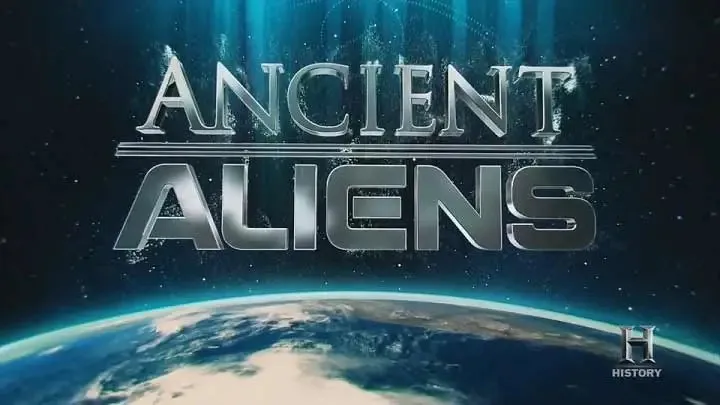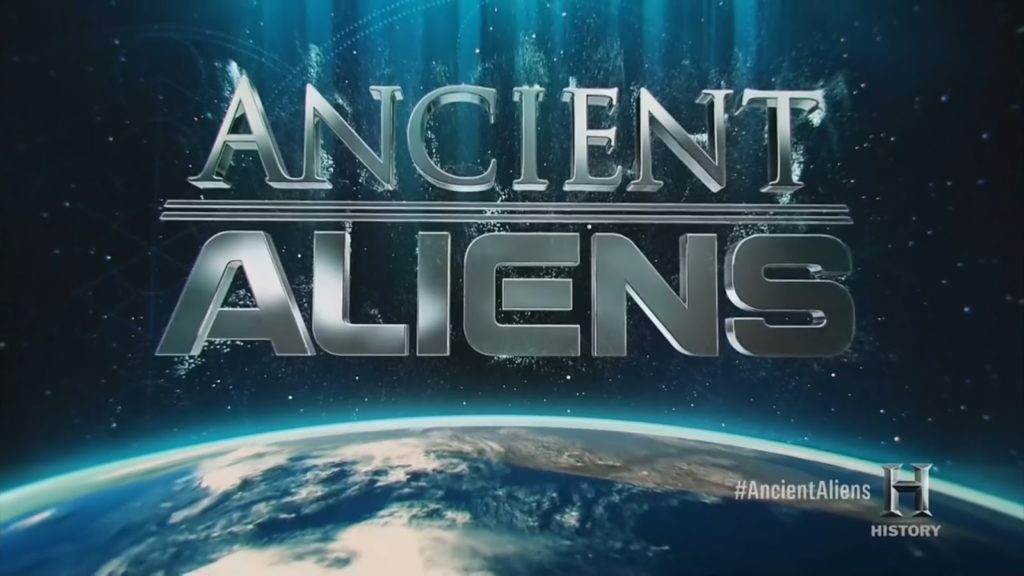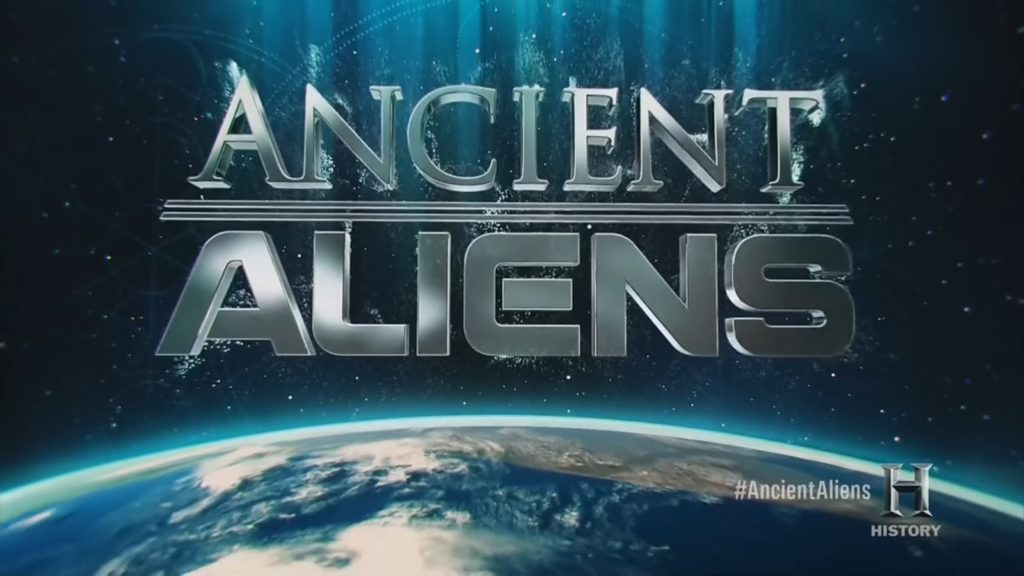Ancient Aliens – S18 E13 | Decoding The Alien Glyphs: Giorgio Tsoukalos takes a look back at the incredible hieroglyphs, petroglyphs, and geoglyphs that he believes tell a worldwide story–of alien visitation.
Ancient Aliens is an American television series that premiered on April 20, 2010, on the History channel. Produced by Prometheus Entertainment in a documentary style, the program presents hypotheses of ancient astronauts and proposes that historical texts, archaeology, and legends contain evidence of past human-extraterrestrial contact. The show has been widely criticized by historians, cosmologists, archaeologists and other scientific circles for presenting and promoting pseudoscience, pseudohistory and pseudoarcheology.
Ancient Aliens explores the controversial theory that extraterrestrials have visited Earth for millions of years. From the age of the dinosaurs to ancient Egypt, from early cave drawings to continued mass sightings in the US, each episode in this hit HISTORY series gives historic depth to the questions, speculations, provocative controversies, first-hand accounts and grounded theories surrounding this age old debate. Did intelligent beings from outer space visit Earth thousands of years ago?
Did intelligent beings from outer space visit Earth thousands of years ago? From the age of the dinosaurs to ancient Egypt, from early cave drawings to continued mass sightings in the US, each episode gives historic depth to the questions, speculations, provocative controversies, first-hand accounts and grounded theories surrounding this age old debate.
Ancient Aliens – S18 E13 | Decoding The Alien Glyphs
A geoglyph is a large design or motif (generally longer than 4 metres) produced on the ground by durable elements of the landscape, such as stones, stone fragments, gravel, or earth. A positive geoglyph is formed by the arrangement and alignment of materials on the ground in a manner akin to petroforms, while a negative geoglyph is formed by removing part of the natural ground surface to create differently coloured or textured ground in a manner akin to petroglyphs.
Geoglyphs are generally a type of land art, and sometimes rock art. A hill figure is created on a slope, so that it can be seen from a distance.
Perhaps the most famous geoglyphs are the Nazca lines in Peru. The cultural significance of these geoglyphs for their creators remains unclear, despite many hypotheses. The “Works of the Old Men” in Arabia, “stone-built structures that are far more numerous than (the) Nazca Lines, far more extensive in the area that they cover, and far older,” have been described as geoglyphs by Amelia Sparavigna, a physics professor at Politecnico di Torino in Italy. The use of this term to describe these features is probably inaccurate, as recent research has shown that most were not constructed primarily as art, but were rather built to serve a range of purposes including burial sites and funerary customs, aiding in the trapping of migratory animals, and as cleared areas for camps, houses and animal enclosures.




